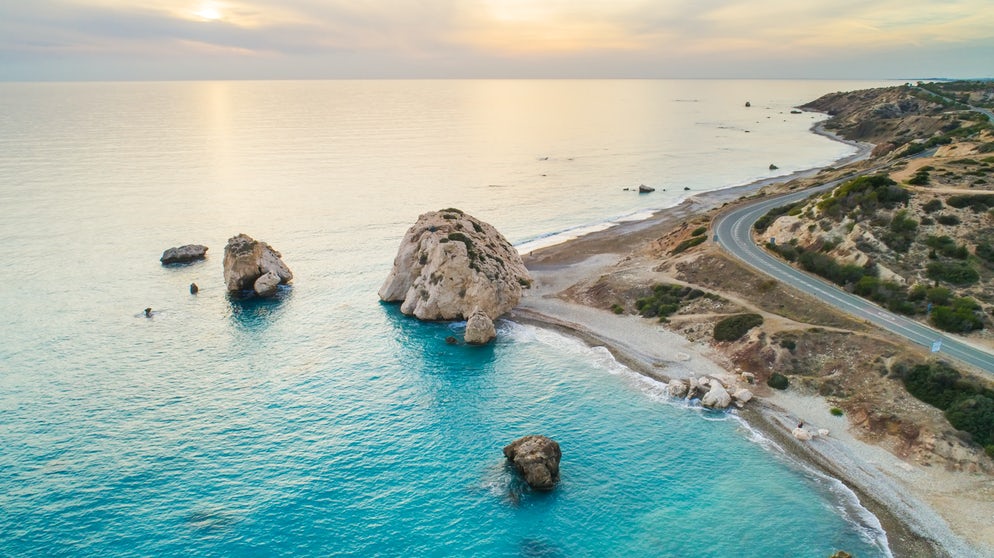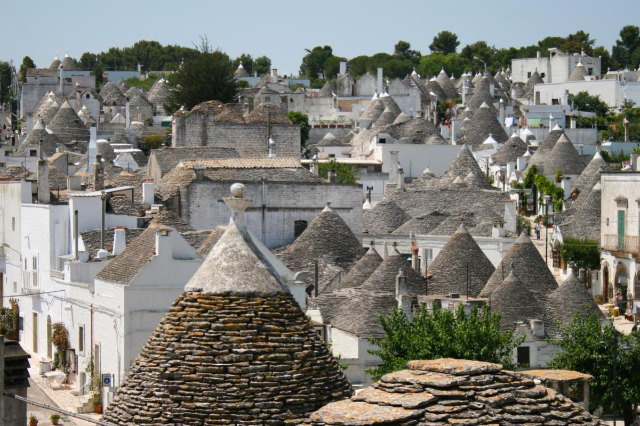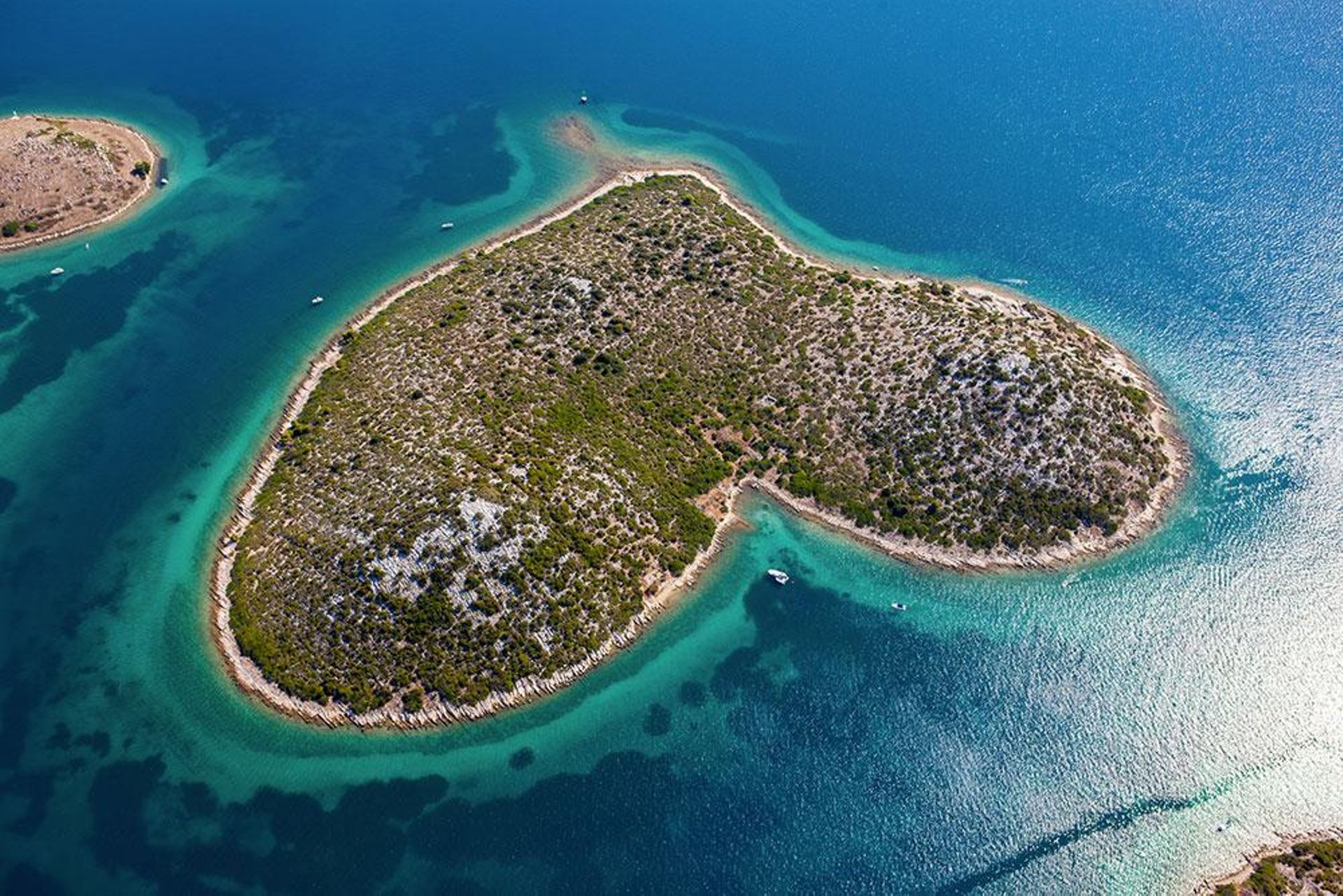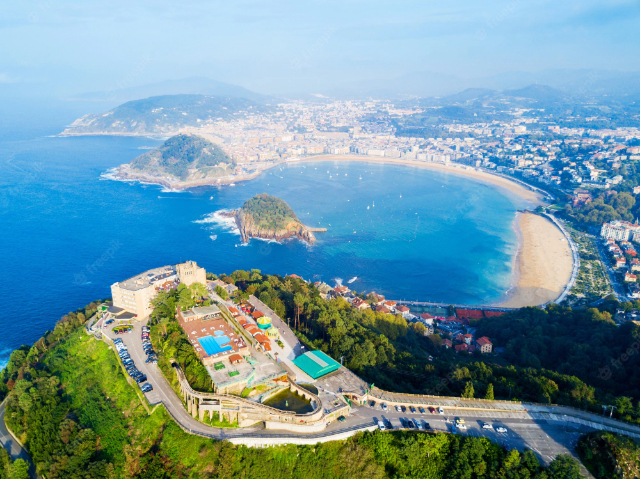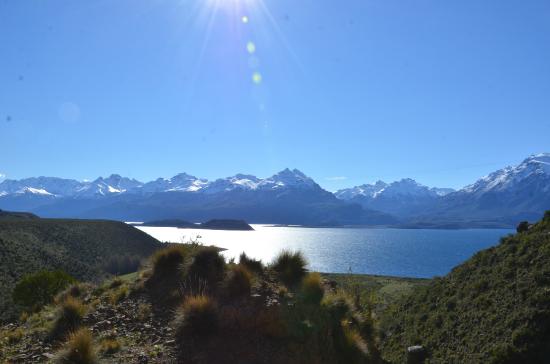<p>Also known as "<strong>Petra tou Romiou</strong>", the Aphrodite Rock is one of the many beaches found along the coast of Cyprus. The narrow beach is an ideal tourist destination and unlike other beaches, it is a pebble beach. However, what makes the beach truly exceptional is that it is home to a legendary jetty known as Petra tou Romiou.</p>
<p>The sea stack is located along the road that connects the cities of Limassol and Paphos. The literal translation of the sea stack is "Rock of the Roman." The sea stack exhibits natural beauty as it sits amidst the waves crashing on the Mediterranean Sea and as a testament to its beauty, the sea stack is also known as <strong>Aphrodite’s Rock</strong>.</p>
<p>The name comes from ancient Greek mythology indicating that the sea stack was the birthplace of the goddess of love, Aphrodite. The mythological history of Petra tou Roumiou makes it a popular tourist destination in Cyprus, attracting thousands of visitors from all over the world. The ancient Greeks believed that the sea stack represented the birthplace of the goddess of beauty and love, Aphrodite. According to ancient Greek mythology, Earth mother "Gaia" instructed her son "Cronus" to cut off the testicles of his father "Uranus." Cronus did as instructed and threw the testicles into the sea, from which a column of white foam rose and from there came a maiden. The waves of the sea carried the maiden to the shore.</p>
<p>The maiden, who must have been known as Aphrodite, then went to Cyprus where she attracted a large following. The Roman version of the legend has Venus as the goddess of beauty instead of Aphrodite.</p>
<p>A local legend says that the goddess of love and beauty blesses those who swim around the Rock of Aphrodite three times with true love, eternal beauty, fertility and eternal youth. However, turbulent sea conditions in the region discourage visitors from testing the legend.</p>
